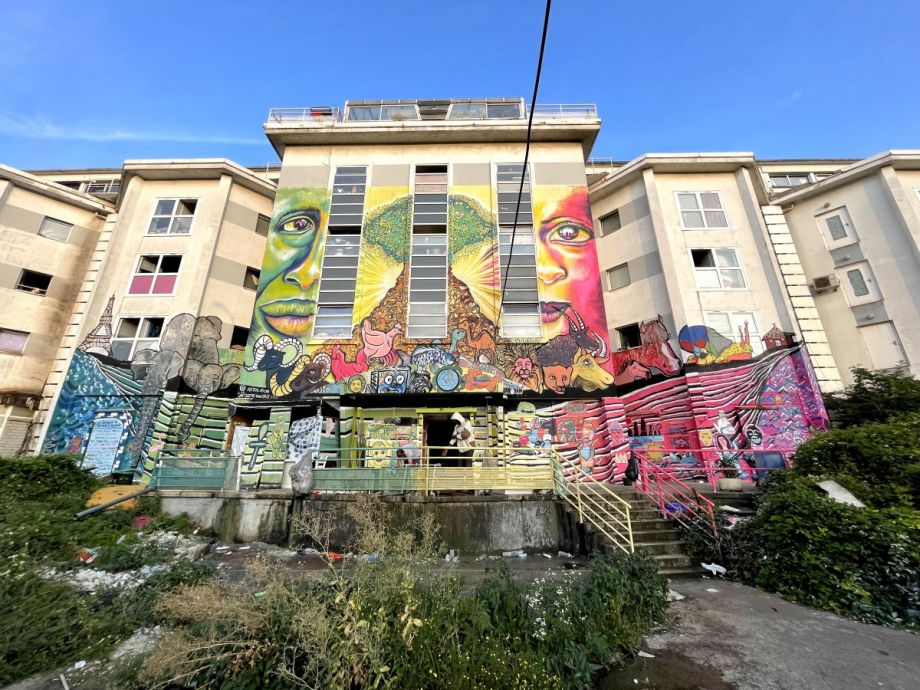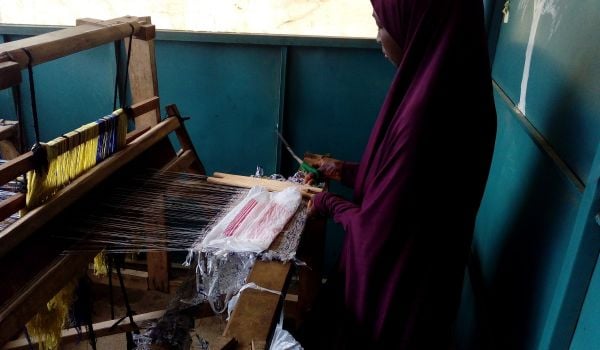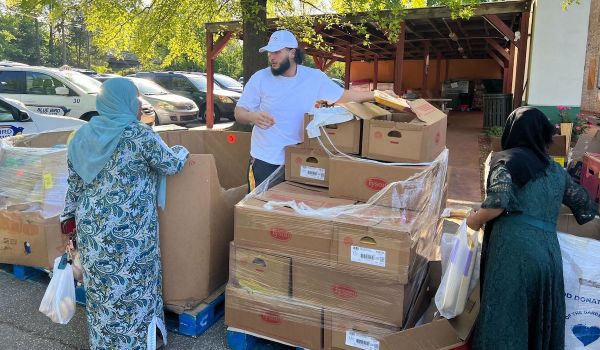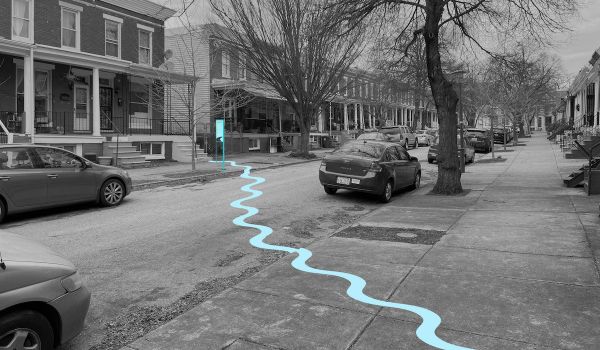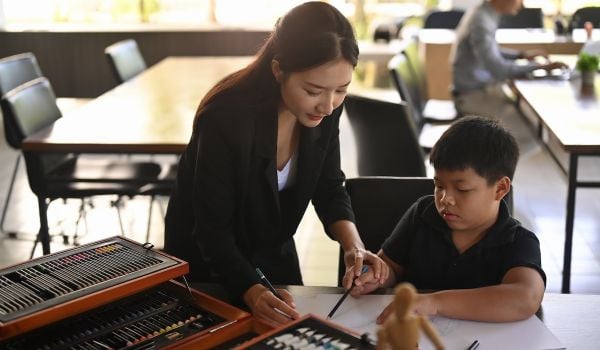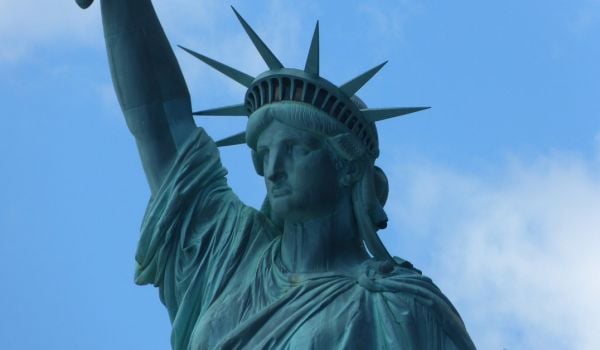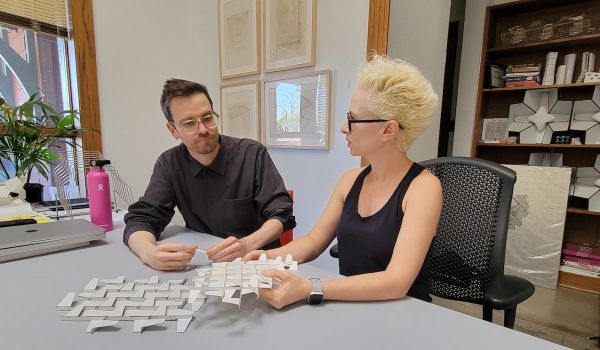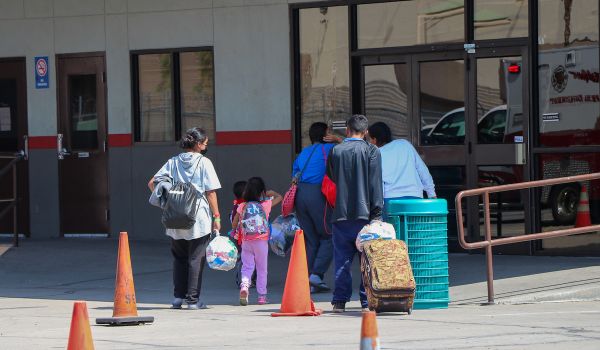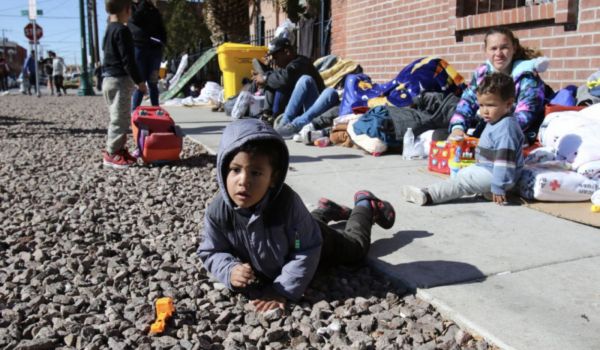When Jean* arrived in Paris for a master’s program, he had nowhere to stay. Hotels were too expensive and CROUS — the state-funded organization responsible for student housing in France — had no available rooms. Private residences told him he needed a full-time work contract and a bank account to rent an apartment.
Through a friend of a friend, he heard of space in an abandoned factory in the northern suburbs of Paris — it had been reclaimed by hundreds of refugees and migrants, mostly from sub-Saharan Africa.
When he arrived, he noted that the space was very “cosmopolitan” — with residents hailing from Chad, Sudan, Senegal and a number of other African countries — but also “unhealthy.” Trash was strewn everywhere and the building had too few toilets and showers for the estimated 150-250 residents living there.
“I learned to live with it,” he says.
In France, the breaking up of several large migrant camps by police as well as the lack of affordable housing in Paris proper has led to a growing number of unhoused immigrants like Jean to seek refuge by communally occupying abandoned properties outside of the city center. For NGOs, these properties can be harder to access since they are often self-run and less visible to passersby. Many lack essential services like hot water, trash collection and plumbing, according to migrants’ rights organizations.
But one project, spearheaded by the New York-based public arts program Artolution and the global non-profit organization Serve the City, is aiming to bring visibility — and hope — to the residents of the largest migrant settlement in the Paris region. This summer, the two organizations partnered with residents to create a 40-foot mural on the back side of the building. The mural depicts the journey of Noah’s Ark starting in Africa and ending at the Eiffel Tower, a theme that was the result of hours of consultations between artists and residents.
Along with Artolution staff members, more than a dozen residents of the abandoned factory worked on the project for a week and a half in July, using just one ladder to create the entire image.
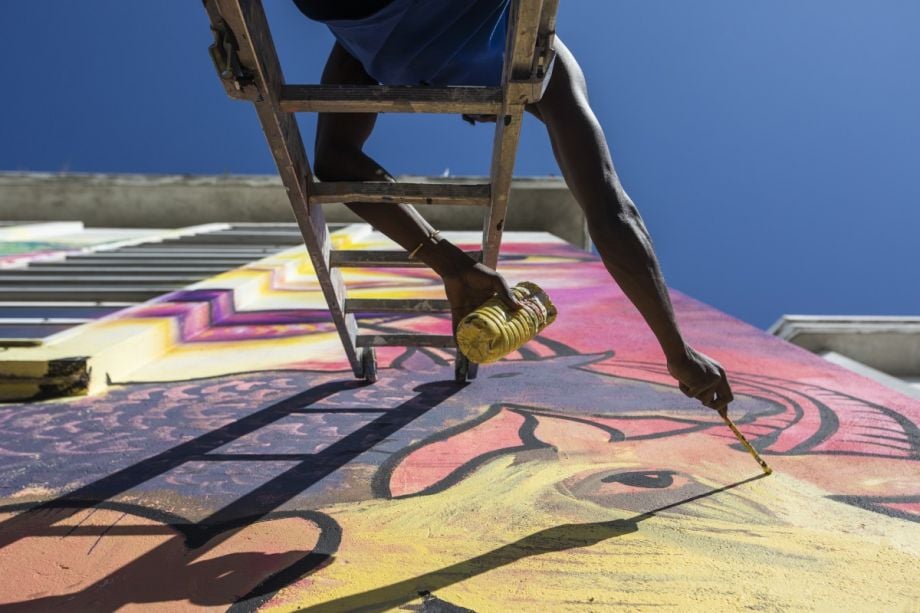
(Photo courtesy Porus Jain)
The idea behind the project, according to Max Frieder, the cofounder of Artolution, is to bring positive visibility to migrants living there, at a time when negative rhetoric about migrants is spiking in advance of the upcoming presidential election, scheduled for April 2022.
“We want this amazing, monumental piece of artwork to be able to help catalyze something better to improve their lives,” he says. “The idea is that it can humanize [the people living there]; to get the right kind of attention to people; [and help] provide the resources that these folks need to see opportunities for training and vocational skills, opportunities to better their lives and hopefully then move to other spaces.”
When I visited the factory on a Saturday in early September, residents were filling up water bottles and doing dishes from a spigot in front of the mural. Two young residents who had participated in the project pointed out their country of origin — Chad — on the colorful map of Africa before leaving the area for a “rendez-vous.”
Residents were happy with the mural and hoped it might help convince the building’s owners to let the refugees stay longer, Hassan**, one of 16 members of the building’s self-appointment leadership team, told me as we sat in a small office that used to serve as an apartment for migrant families.
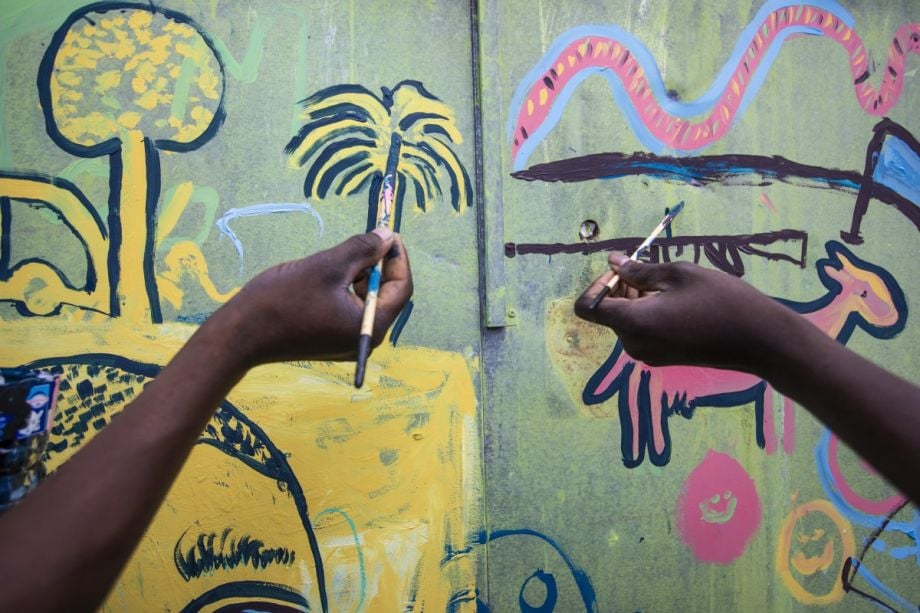
(Photo courtesy Porus Jain)
Residents constantly live in fear that they may be kicked out, and the topic of eviction is regularly discussed at the squat. They were originally scheduled to be evicted this fall, but the date was pushed back until at least next April after residents reached an agreement with the building’s owners.
For Jean, participating in the project was obvious: Not only did it sound fun, but as a lover of art history it satisfied his intellectual curiosity as well. “I immediately said, ‘I want to give all of my energy to this project,’” he remembers. “It was a project that not only I appreciated, but that was appreciated by everyone in the squat.”
Artolution artists hope the initiative can be sustainable beyond this summer. Frieder says the organization is looking at ways to employ artists who participated in the project to paint the rest of the squat and to work on similar projects in the Paris area. Eventually, he says, he imagines the squat becoming a longer-term solution for migrants, with access to social services such as French lessons and assistance with visa paperwork, as well as better living conditions.
“If we’re able to improve the social services, and simultaneously to have more opportunities for people to express themselves, we could eventually cover the entire building and make it feel almost like a monument, something that people wouldn’t want to just destroy, something that people wouldn’t want to demolish,” Frieder says.
While it’s rare that buildings like these can become longer term housing solutions, it is not unheard of. In 2016, a high-school in Paris’ 19th district occupied by refugees was turned into an official shelter run by the non-profit Emmaus Solidarité — a rare success story.
Looking at settlements like these as part of the solution to the housing crisis could be timely. In recent months, migrants’ rights organizations have noted an increase in people occupying buildings in the Paris area, according to Oriane Sebillotte, an activist with the organization Paris d’Exil.
“With the disappearance of the big [refugee camps], there are more and more people living in squats,” she says. “It’s at once protective because there are walls and a roof, but we’ve also seen a lot of overcrowding, notably after the evacuation of camps, and it can be complicated when it’s a mix of women, families and single men.”
While ensuring squat residents have access to basic services is important in the short-term, she said, in the long-term cities like Paris need to redistribute additional housing to people experiencing homelessness and with migration backgrounds. According to her, there are more than 3 million empty residences throughout France, including 400,000 in Paris — a trend that mirrors U.S. cities like New York, Los Angeles and even Philadelphia.
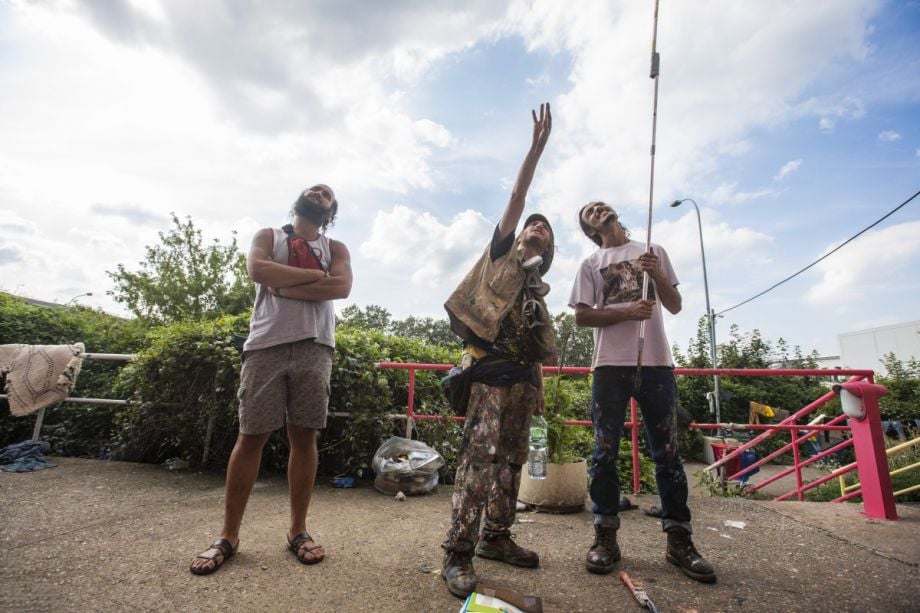
(Photo courtesy Porus Jain)
Other experiments with reclaiming vacant homes in Oakland and Los Angeles have made national headlines in the U.S., with groups like Moms 4 Housing and Reclaim and Rebuild Our Community occupying structures that had been left empty for speculative purposes.
“The way that we deal with these situations is really important because there’s going to be more and more issues that surround this with the migration crisis,” Frieder says. “It can show that even in a very difficult space, there actually are positive things that are happening.”
* We’ve changed Jean’s name to protect his identity. Other autobiographical details have also been withheld at the request of the subject.
** Family name has been removed to protect the identity of the individual.
This article is part of Backyard, a newsletter exploring scalable solutions to make housing fairer, more affordable and more environmentally sustainable. Subscribe to our weekly Backyard newsletter.



